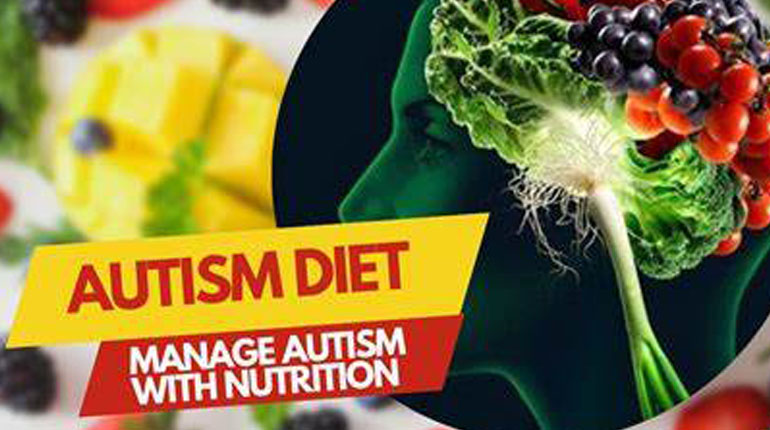Understanding Autism and Diet

Diet plays a crucial role in the overall health and well-being of individuals with Autism Spectrum Disorder (ASD). While there is no specific diet universally recommended for autism, many families and caregivers explore dietary interventions as a way to manage certain symptoms or improve quality of life. The relationship between autism and diet can be complex, as individuals with autism often have unique dietary needs, preferences, and challenges. Common Dietary Challenges in AutismPicky Eating and Food Selectivity: Many individuals with autism exhibit strong preferences for certain foods and aversions to others, often based on texture, color, or taste. This can lead to a limited diet and may pose challenges in ensuring balanced nutrition.
Sensory Sensitivities: Sensory issues, which are common in autism, can affect how food is perceived. For example, some individuals might be extremely sensitive to certain textures, smells, or tastes, making it difficult to introduce new or diverse foods into their diet.
Gastrointestinal Issues: Children and adults with autism are more likely to experience gastrointestinal (GI) problems, such as constipation, diarrhea, or abdominal pain. These issues can impact eating habits and overall nutrition.
Many individuals with autism exhibit strong preferences for certain foods and aversions to others, often based on texture, color, or taste. This can lead to a limited diet and may pose challenges in ensuring balanced nutrition.
Food Allergies and Intolerances: Some individuals with autism may have food allergies or intolerances, which can complicate dietary choices. For instance, gluten and casein (proteins found in wheat and dairy) are sometimes problematic, leading some families to try gluten-free, casein-free (GFCF) diets.

